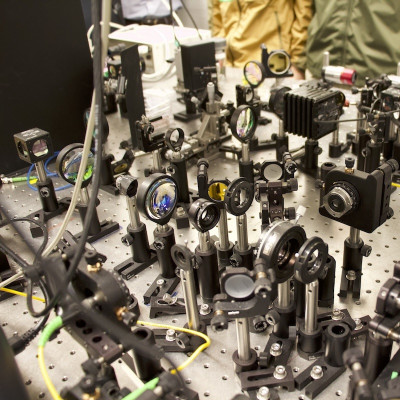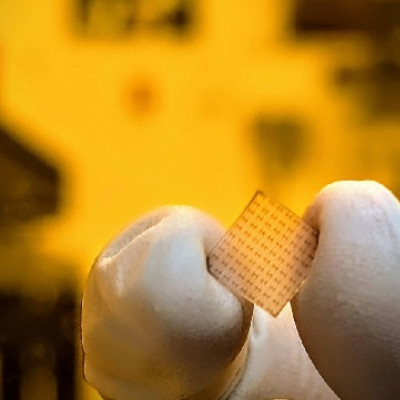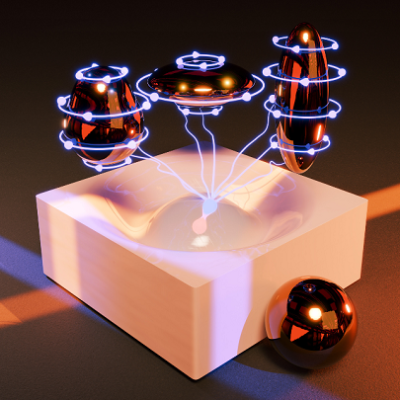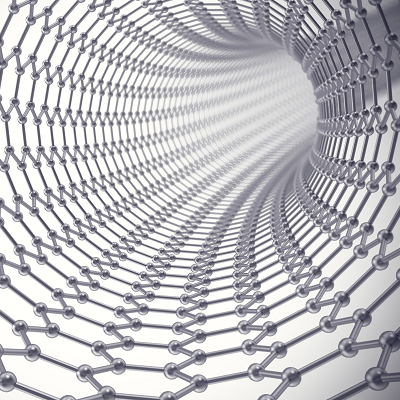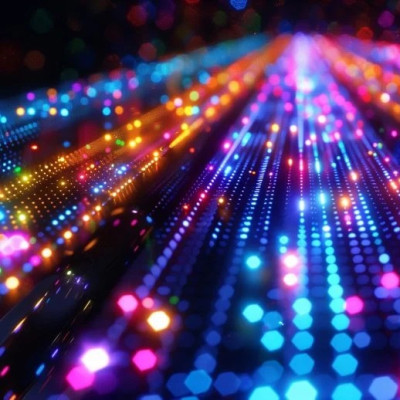Researchers have developed a laser-based artificial neuron that fully emulates the functions, dynamics and information processing of a biological graded neuron. With a signal processing speed of 10 GBaud —a billion times faster than its biological counterparts — the new laser graded neuron could lead to breakthroughs in fields like artificial intelligence and other types of advanced computing.
The body contains various types of nerve cells, including graded neurons that encode information through continuous changes in membrane potential, allowing subtle and precise signal processing. In contrast, biological spiking neurons transmit information using all-or-none action potentials, creating a more binary form of communication.
“Our laser graded neuron overcomes the speed limitations of current photonic versions of spiking neurons and has the potential for even faster operation,” said research team leader Chaoran Huang from the Chinese University of Hong Kong. “By leveraging its neuron-like nonlinear dynamics and fast processing, we built a reservoir computing system that demonstrates exceptional performance in AI tasks such as pattern recognition and sequence prediction.”
In Optica, Optica Publishing Group’s journal for high-impact research, the researchers report that their chip-based quantum-dot laser graded neuron can achieve a signal processing speed of 10 GBaud. They used this speed to process data from 100 million heartbeats or 34.7 million handwritten digital images in just one second.
"Our technology could accelerate AI decision-making in time-critical applications while maintaining high accuracy,” said Huang. “We hope the integration of our technology into edge computing devices — which process data near its source — will facilitate faster and smarter AI systems that better serve real-world applications with reduced energy consumption in the future.”
Faster laser neurons
Laser-based artificial neurons, which can respond to input signals in a way that mimics the behavior of biological neurons, are being explored as a way to significantly enhance computing thanks to their ultrafast data processing speeds and low energy consumption. However, most of the ones developed so far have been photonic spiking neurons. These artificial neurons have a limited response speed, can suffer from information loss and require additional laser sources and modulators.
The speed limitation of photonic spiking neurons comes from the fact that they typically work by injecting input pulses into the gain section of the laser. This causes a delay that limits how fast the neuron can respond. For the laser graded neuron, the researchers used a different approach by injecting radio frequency signals into the quantum dot laser’s saturable absorption section, which avoids this delay. They also designed high-speed radio frequency pads for the saturable absorption section to produce a faster, simpler and more energy-efficient system.
“With powerful memory effects and excellent information processing capabilities, a single laser graded neuron can behave like a small neural network,” said Huang. “Therefore, even a single laser graded neuron without additional complex connections can perform machine learning tasks with high performance.”
High-speed reservoir computing
To further demonstrate the capabilities of their laser graded neuron, the researchers used it to make a reservoir computing system. This computational method uses a particular type of network known as a reservoir to process time-dependent data like that used for speech recognition and weather prediction. The neuron-like nonlinear dynamics and fast processing speed of the laser graded neuron make it ideal for supporting high-speed reservoir computing.
In tests, the resulting reservoir computing system exhibited excellent pattern recognition and sequence prediction, particularly long-term prediction, across various AI applications with high processing speed. For example, it processed 100 million heartbeats per second and detected arrhythmic patterns with an average accuracy of 98.4%.
“In this work, we used a single laser graded neuron, but we believe that cascading multiple laser graded neurons will further unlock their potential, just as the brain has billions of neurons working together in networks,” said Huang. “We are working to improve the processing speed of our laser graded neuron while also developing a deep reservoir computing architecture that incorporates cascaded laser graded neurons.”
Read the original article on Optica.


